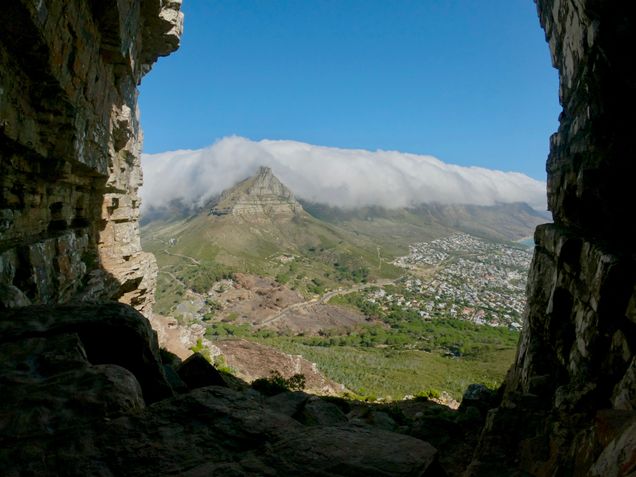The Risks of the Wrong Climate Policy for Developing Countries: Scenarios for South Africa

In 2021, three imbalances laden with consequences have become apparent: COVID-19 vaccines have remained concentrated in advanced economies, the recovery has exacerbated many inequalities and the climate crisis has not been met with a global plan, leaving most developing countries on the frontline of a battle they cannot win.
South Africa epitomizes this triple crisis. Vaccination progresses at a slow pace although the country is home to production facilities that make vaccines for developed countries. Endemic inequalities have been exacerbated by employment loss during lockdowns, which the recovery struggles to resolve. Finally, the 2021 United Nations Conference on Climate Change (COP26) failed to deliver concrete commitments from developed countries, putting South Africa’s coal dependent economy at risk of becoming a global pariah. Meanwhile, temperatures in South Africa have risen twice as fast as the world average, well above 2°C per century, causing concerns about extreme weather events becoming more frequent than elsewhere.
While no country can stop global warming alone, developed countries are not completely powerless: they can make the investments necessary to adapt to rising temperatures. Developing countries lack the technology, access to sufficient hard currency and the policy independence required to adapt. In South Africa, these challenges hinder not only adaptation but also the country’s ability to go through the energy transition necessary to avoid backlash from developed countries.
A new journal article in Ecological Economics by Özlem Ömer and Jeronim Capaldo uses a demand-driven growth model to explore climate change scenarios faced by the South African economy with a focus on key macroeconomic variables including employment, productivity, income distribution, trade and fiscal balances. The simulations are built upon different “global” baseline scenarios to capture the impacts of different climate change scenarios on the South African economy. The first global baseline represents the “global business-as-usual” (BAU) case in which there is no mitigation effort at the global level. In the second global baseline, global temperature remains around 1.8°C above the pre-industrial level. Finally, in the third global baseline, more ambitious global mitigation efforts result in global temperature remaining between 1.2 and 1.5 °C pre-industrial level.
Ultimately, the authors chart a possible path for developing countries to survive the climate crisis, based on policies that create the necessary fiscal space. However, this path will require global coordination toward a common goal. Who should contribute, how much and how remain as the major stumbling blocks, but the results clearly indicate the payoff can be persuasive for all.
This journal article was previously published as a working paper in March 2022.
Read the Journal Article